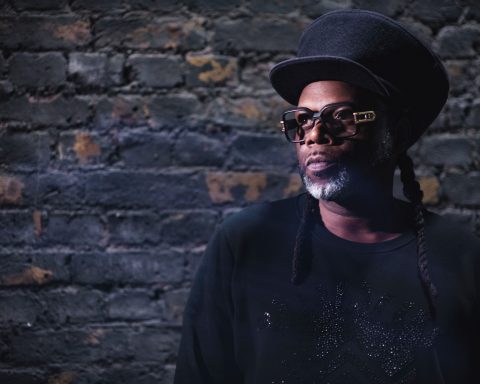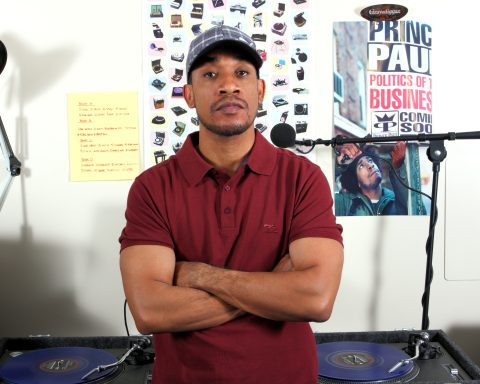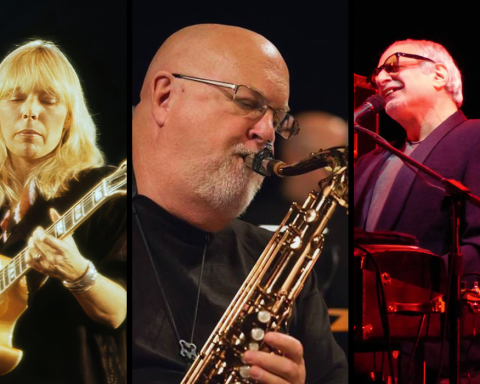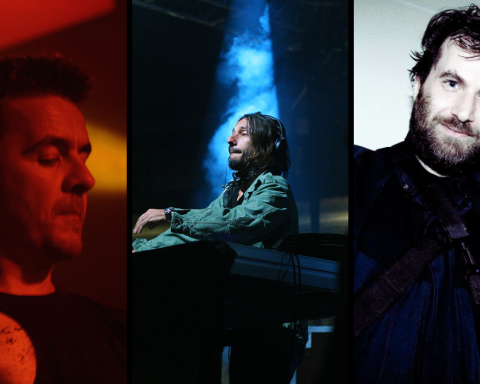The early 2000s were a turning point in hip-hop—the point when the genre began to have fun. While the ’90s were rife with hard-hitting topics as the sounds of underground rap surfaced, the aughts transformed the genre into a multi-million-dollar industry. Artists used their newfound popularity to destroy limitations. With rich aesthetics, new regional subgenres, and otherworldly sounds, rap music became a cultural focal point. Read on and discover some standout tracks of the era.
Playlist
Ms. Jackson by OutKast (2000)
Big Boi and André 3000 are among the greatest rap duos ever. A clue to OutKast’s approach lies in its moniker. In these outsider’s hands, deft lyricism and far-reaching influences combined to create music that was happy to be bizarre. “Ms. Jackson” is a prime example of the duo’s skills. A reversed synth line, cascading piano riff, and 3000’s refrain give the song a haunting appeal, bolstered by Big Boi’s wondrous rhymes.
Hot in Herre by Nelly (2001)
It’s impossible to overstate The Neptunes’ influence on the sounds of the 2000s. The Virginia Beach production duo of Pharrell Williams and Chad Hugo dominated the music charts for the better part of the aughts with sparse, spacey productions for artists like Nelly. Breaking out with “Country Grammar (Hot Sh*t),” 2001’s “Hot in Herre” achieved further chart success and mainstream appeal. In the process, he crafted one of the decade’s most memorable anthems.
Work It by Missy Elliott (2002)
“Work It” emerged from the minds of Missy Elliott and Timbaland, a duo oft-cited as one of the most innovative in hip-hop history. The pair conspired to create a song that sounded straight out of the ’80s. Complete with record scratches, one-liners, and a legendary reversed chorus, “Work It” is both futuristic and a portrait of rap’s past. The accompanying video, directed by Dave Meyers, established Elliott as an artist unafraid to push boundaries. Plus, she had no qualms about flaunting some outrageous fashion in the process.
In da Club by 50 Cent (2003)
The early 2000s marked a new era of gangsta rap. No longer primarily the domain of West Coast sounds by N.W.A, Snoop Dogg, and others, an East Coast contingent, exemplified by New York’s 50 Cent, arrived on the scene. Produced by Dr. Dre and Mike Elizondo, “In da Club” features laidback pacing, making the artist sound effortless and fearless. The resulting chant is now ingrained in popular culture: “Go shorty, it’s ya birthday.” “In da Club” was the debut hit from Get Rich or Die Tryin’, a project producing other classics like “Many Men (Wish Death),” “21 Questions,” and “P.I.M.P.”
Always On Time by Ja Rule featuring Ashanti (2003)
Songs like Ja Rule and Ashanti’s “Always On Time” arrived as part of the era’s fresh spin on the romantic duet. This 2003 hit was among many high-charting collaborations between hip-hop artists and female R&B vocalists throughout the decade. “I Know What U Want” by Busta Rhymes and Mariah Carey and “Dilemma” by Nelly and Kelly Rowland are other era classics. Yet Ja Rule made the style a career staple, partnering with Christina Milian and J.Lo and teaming up again with Ashanti and Fat Joe on “What’s Luv?”
Slow Jamz by Twista featuring Kanye West and Jamie Foxx (2004)
“Slow Jamz” represents the merging of three blinding talents. On the song, Twista’s lightning-fast raps merged with silky vocals by Foxx and West’s artful production. It was also sonically adventurous. The track’s sample of Luther Vandross’ “A House is Not a Home” is a prime example of the “chipmunk sound,” utilizing sped-up versions of samples layered over beats.
Touch It by Busta Rhymes (2005)
Former Leaders of the New School member Busta Rhymes’ career trajectory transcends era. “Touch It” is a prime example of how the artist has secured longevity. This mid-2000s track takes Swizz Beat’s high-octane production and matches it with Rhymes’ intense lyricism. A remix featuring DMX, Papoose, Remy Ma, and Mary J. Blige amplified the song’s broad appeal.
Stronger by Kanye West (2007)
With the release of Graduation, Kanye West went from a producer-rapper known for polo tees and backpacks to a bona fide superstar. “Stronger” topped the Billboard charts in 2007, making it one of the year’s most successful tracks. Crafted around a reworked sample of Daft Punk’s “Harder, Better, Faster, Stronger,” the Roland TR-808 was vital to the sound. “Stronger” also marks the beginning of an extended foray into electronic music for West, evidenced by later releases like Yeezus and 808s and Heartbreak.
Lollipop by Lil Wayne featuring Static Major (2008)
Many consider Tha Carter III Lil Wayne’s magnum opus. A landmark album, it birthed essential tracks in his catalog, including the legendary “A Milli” and “Lollipop.” The latter was a salacious club hit that saw him call upon Static Major for chorus vocals. The track had a massive impact. Lil Wayne’s use of auto-tune and a blend of singing and rapping inspired a trend throughout the late 2000s. The sound continues to get adopted by many in the rap game.
Day N Nite by Kid Cudi (2009)
Kid Cudi’s breakout track is a product of the MySpace generation. In that bygone time, rap artists used the internet to glean diverse influences—electronic, rock, and more. With this release, the artist became a pioneer of alternative rap. The track boasted a unique rap-singing blend, nimble lyricism, and lyrics about mental health, addiction, and life struggles. Travis Scott, Lil Uzi Vert, and many other rappers cite Kid Cudi’s work as an influence in genre-blending.






